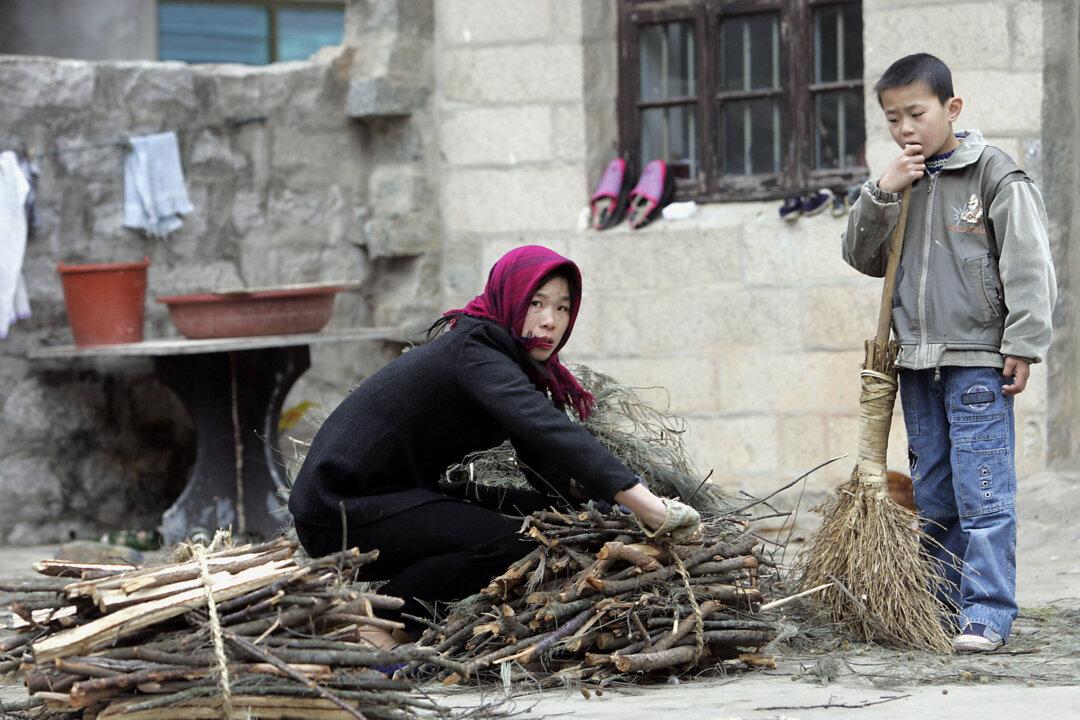Residents of a district of Taiyuan, the capital of northern China’s Shanxi Province, have resorted to burning timber, old furniture, and other wooden objects for winter heating because of government restrictions on the use of coal.
According to a Nov. 17 report by China’s state-run China News, the Second Ecological Protection Inspection Team of the Ministry of Ecology and Environment received many complaints that people in Taiyuan’s Kangle District were struggling to survive through the winter because of the strict, centrally mandated prohibitions on burning coal.




